Ghana’s El Anatsui’s exquisite metal masterpieces sing of tragedy, humanity and hope; compatriot Ibrahim Mahama digs deep into colonial labour; and Ukrainian photography bears witness in the festival’s most urgent show
‘The method is plainly visible’: Woman’s Cloth, 2001 by El Anatsui , above, made of metal bottle caps and tags held together with copper wire. Courtesy of Talbot Rice Gallery, University of Edinburgh; photograph by Sally Jubb‘The method is plainly visible’: Woman’s Cloth, 2001 by El Anatsui , above, made of metal bottle caps and tags held together with copper wire. Courtesy of Talbot Rice Gallery, University of Edinburgh; photograph by Sally Jubbglows with light.
Like Anatsui, Mahama recycles the past – in his case, hundreds of documents from the paint division of the Ghana Industrial Holding Corporation, concerning gallons of white paint, board meetings and low annual production. Collaged together, they make a substrate for lifesize charcoal drawings of Ghanaian workers burdened with railway tracks, and sketches of people hauling the abandoned carriages and engines back to Mahama’s art and education complex.
The paint appears so thin and dry, sinking exiguously into the canvas, yet the images are gloriously dense. Barker aspires to be an American Vuillard. And for a further paradox, look at the mauve tennis courts of Florida in the survey ofat the Royal Scottish Academy. Born in Belfast in 1856, Lavery roamed through France, Morocco, Monte Carlo, Venice and Spain: just about anywhere the sun could be found and described in buttery slathers on canvas.
Lavery is eventless froth: he can’t make a snake look scary or a woman look like more than a doll. He can’t paint faces and has a weak sense of psychology. But as an official great war artist he takes great care with soldiers’ wounds and numbers the dead in shadowy fields of graves. He may be the only impressionist ever to paint Edinburgh’s Princes Street; if only he was Monet.
An old man rearranges his shattered possessions in a house with the facade blown off. Displaced Ukrainians sardine themselves into fractional spaces. The art ranges from semi-abstract images of charred landscapes and deserted chairs at the Polish border, to gravely beautiful portraits of citizens in bunkers. Every work is a revelation of life right now, an art made with extraordinary urgency, as nowhere else in the festival.
Australia Latest News, Australia Headlines
Similar News:You can also read news stories similar to this one that we have collected from other news sources.
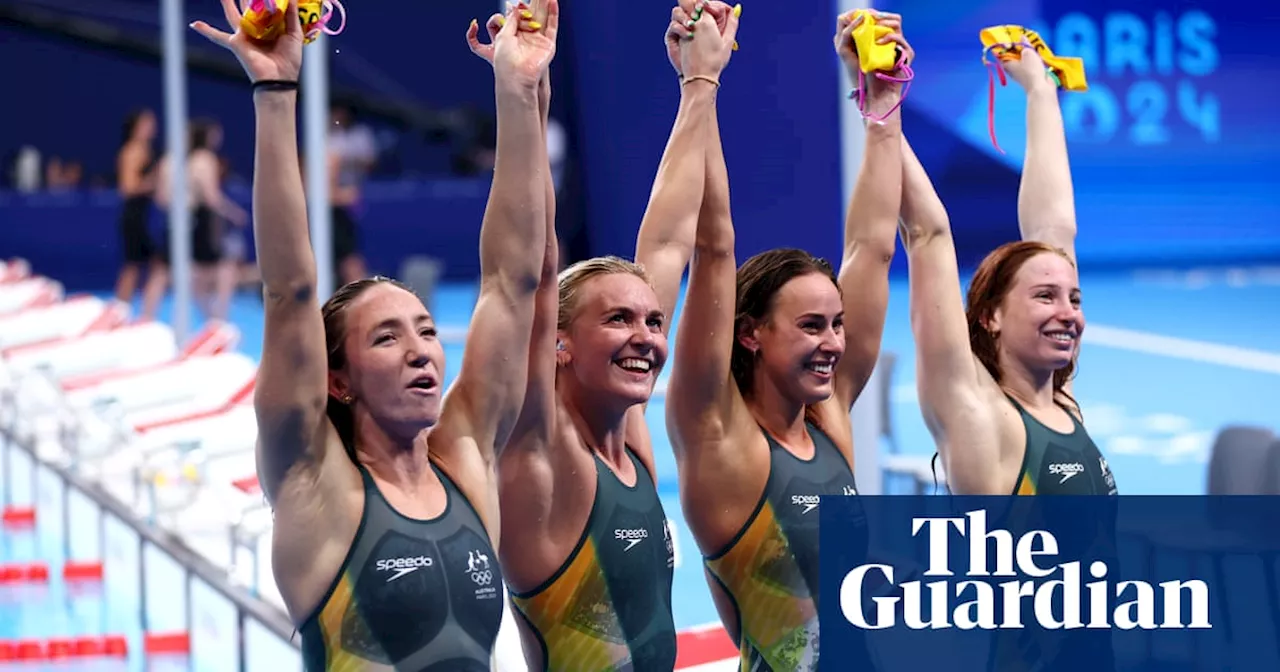 Paris 2024 Olympics: what you missed overnight in Australia on day six of the GamesRelay team break Olympic record in the pool, there was a bronze in race walking, Simone Biles made history and controversy flared in the boxing ring
Paris 2024 Olympics: what you missed overnight in Australia on day six of the GamesRelay team break Olympic record in the pool, there was a bronze in race walking, Simone Biles made history and controversy flared in the boxing ring
Read more »
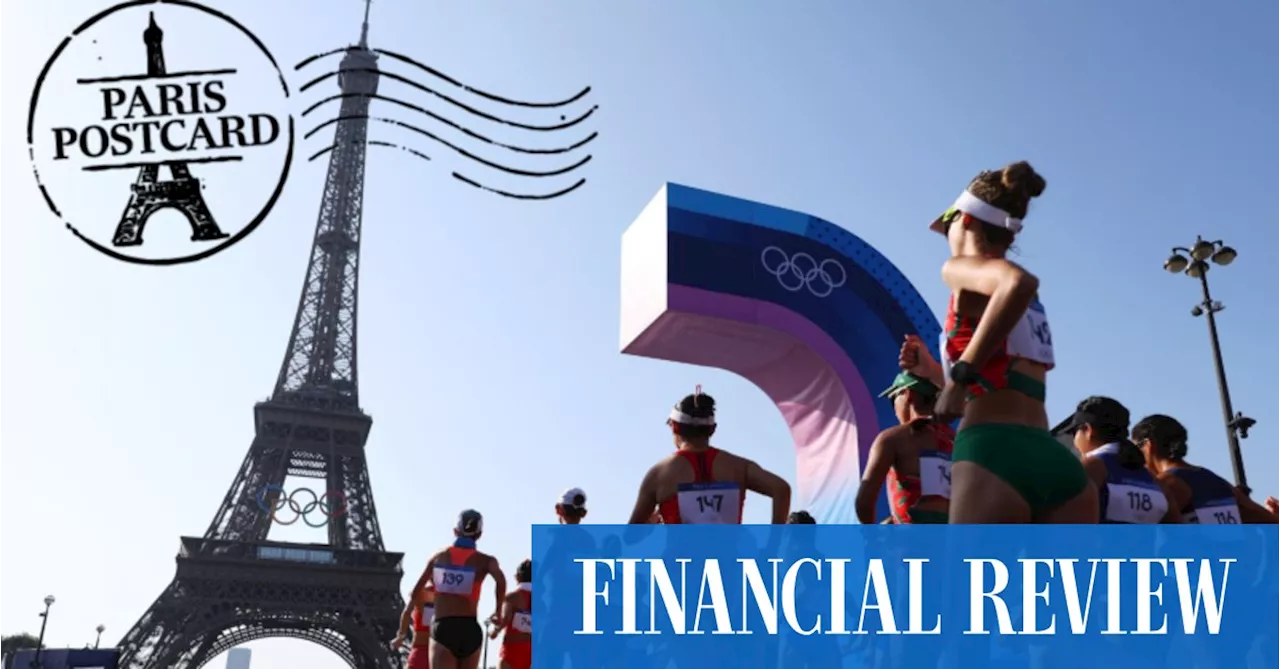 Paris Olympics 2024: Jemima Montag’s race walk win switches focus from pool to trackThe extraordinary Jemima Montag’s bronze in the 20km walk signals the start of the Olympics’ transition from pool to track. Here’s what you missed overnight.
Paris Olympics 2024: Jemima Montag’s race walk win switches focus from pool to trackThe extraordinary Jemima Montag’s bronze in the 20km walk signals the start of the Olympics’ transition from pool to track. Here’s what you missed overnight.
Read more »
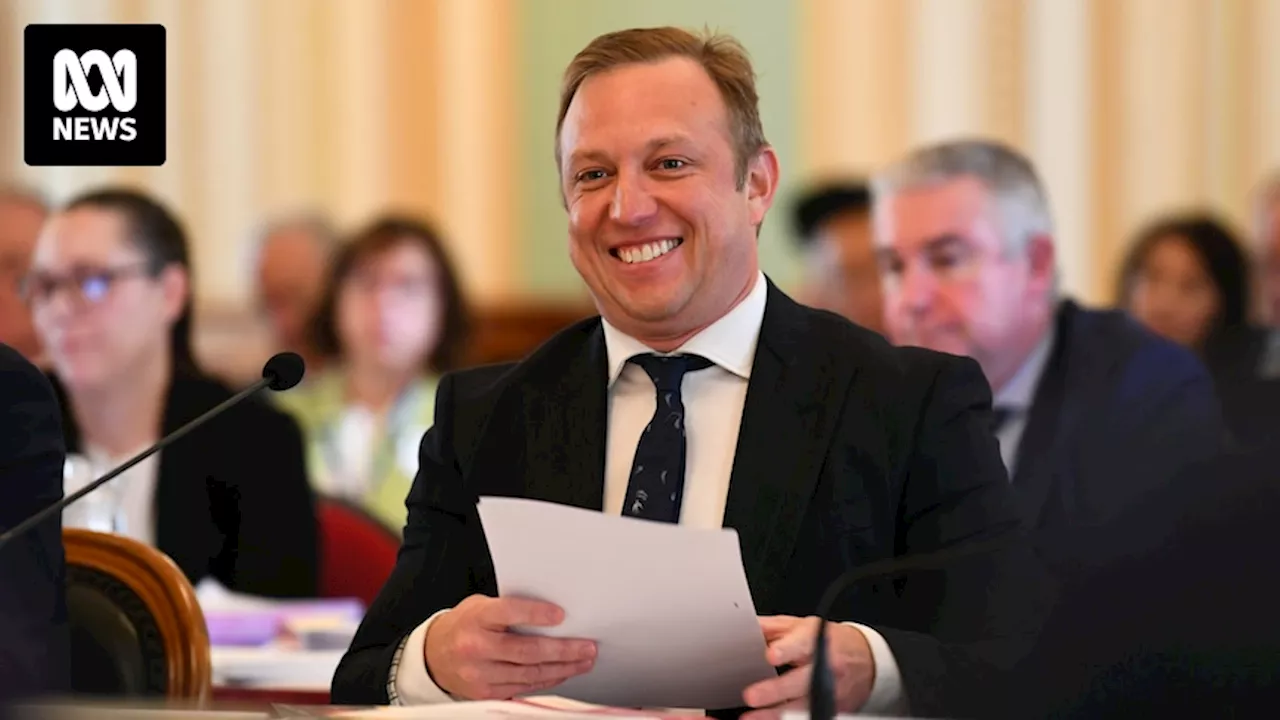 Five takeaways from final Queensland estimates hearings before 2024 state electionHere are five takeaways from the final week of Queensland parliament estimates hearings before voters go to the polls in October.
Five takeaways from final Queensland estimates hearings before 2024 state electionHere are five takeaways from the final week of Queensland parliament estimates hearings before voters go to the polls in October.
Read more »
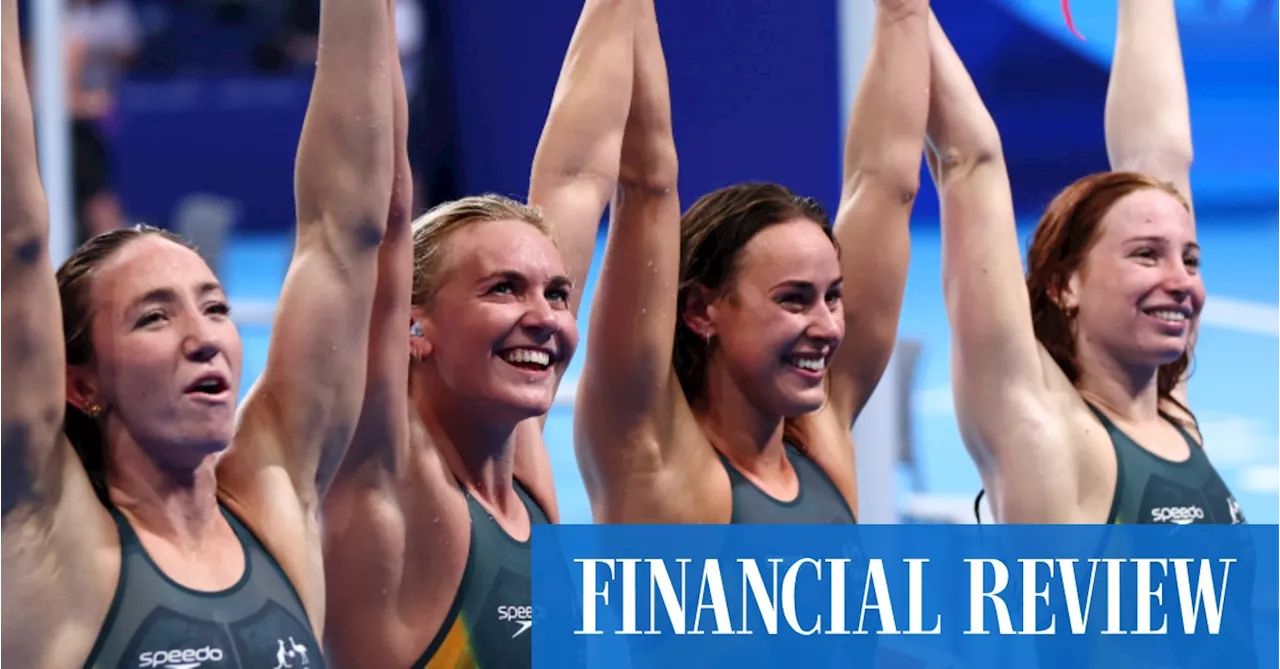 Paris Olympics 2024: Australia’s female swimming champions deliver 4x200m freestyle relay goldThe Australian women have delivered another gold, with a record-breaking win in the 4 x 200m freestyle relay.
Paris Olympics 2024: Australia’s female swimming champions deliver 4x200m freestyle relay goldThe Australian women have delivered another gold, with a record-breaking win in the 4 x 200m freestyle relay.
Read more »
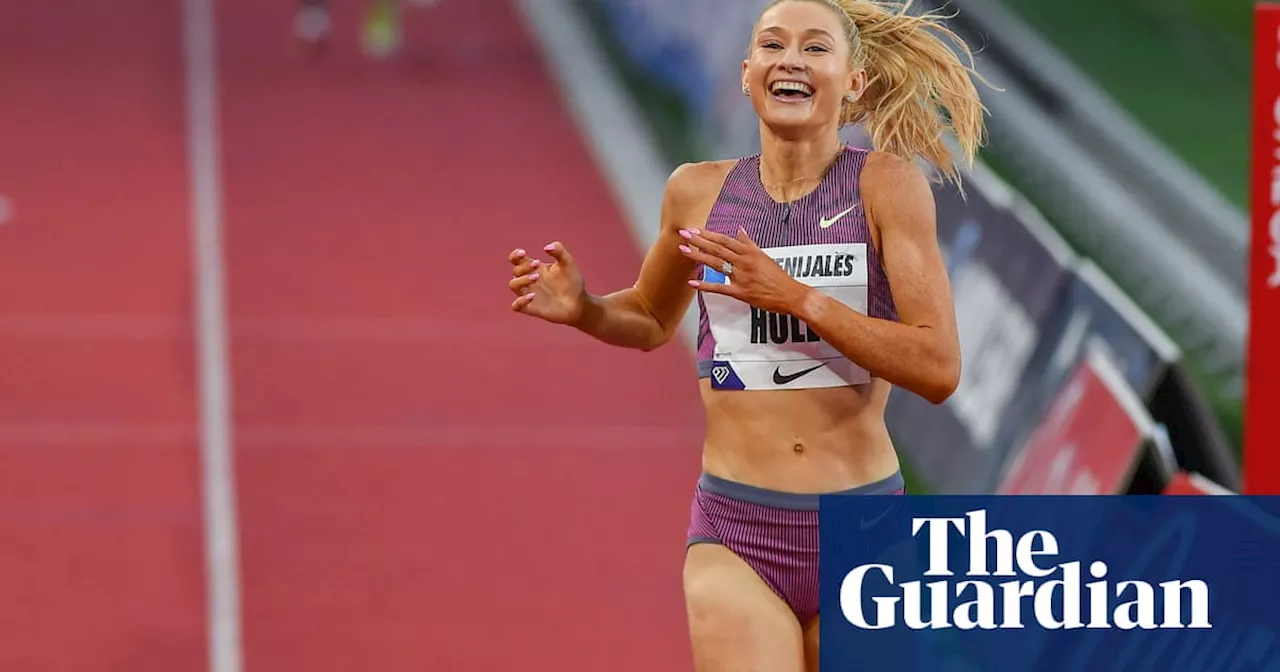 Rising stars of track and field give Australia hope for athletics success at Paris 2024A squad bolstered by young talent and a resurgence in middle distance running can improve on the trio of Olympic medals won three years ago
Rising stars of track and field give Australia hope for athletics success at Paris 2024A squad bolstered by young talent and a resurgence in middle distance running can improve on the trio of Olympic medals won three years ago
Read more »
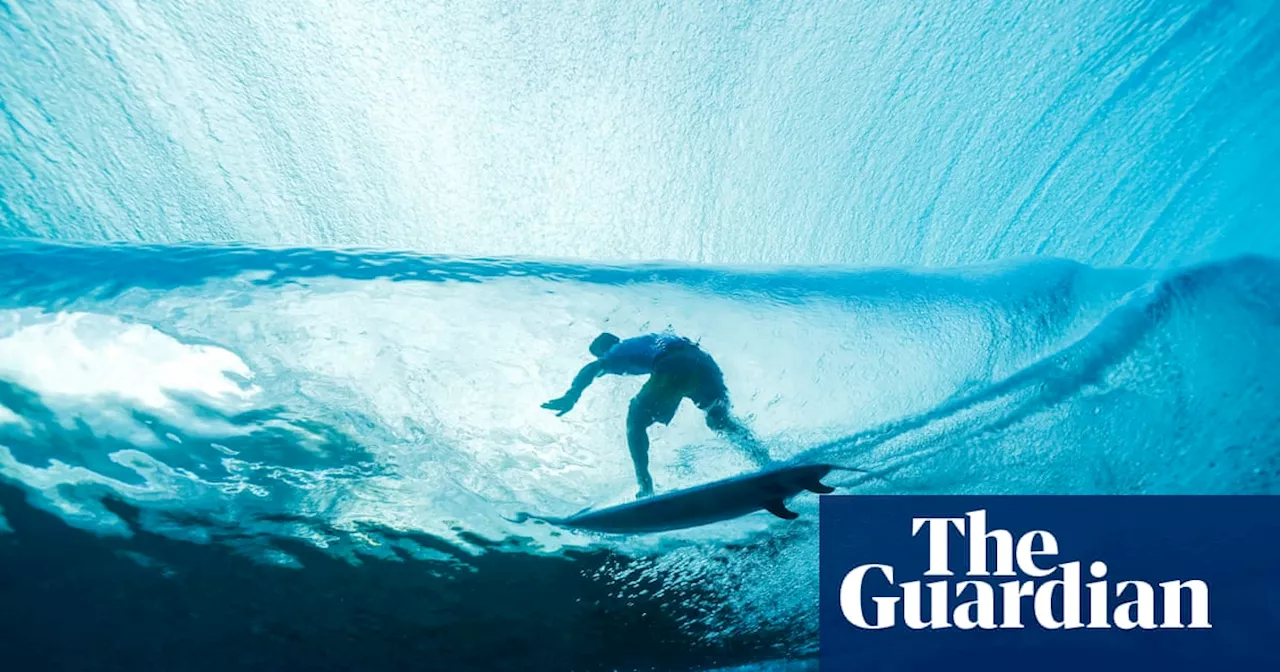 Fighting spirit: Australians in action during week one of the Paris Olympics 2024Photographers captured the highs and lows of the country’s elite athletes as they competed during the first week of the Games
Fighting spirit: Australians in action during week one of the Paris Olympics 2024Photographers captured the highs and lows of the country’s elite athletes as they competed during the first week of the Games
Read more »
